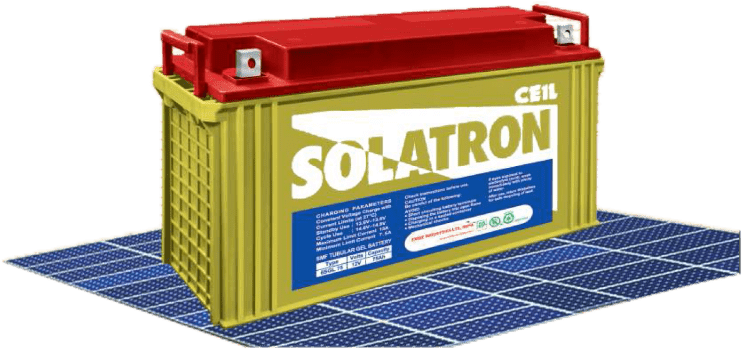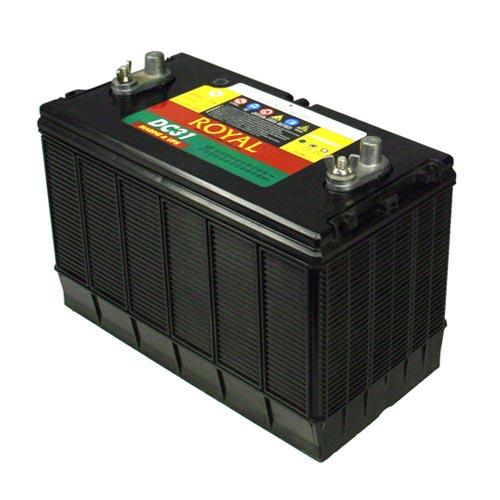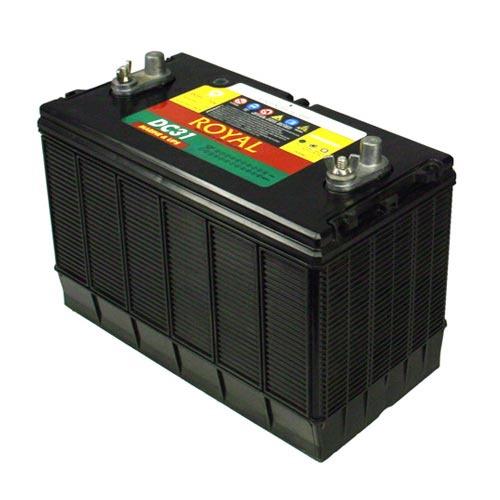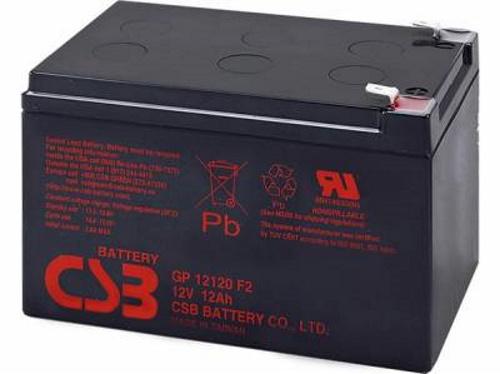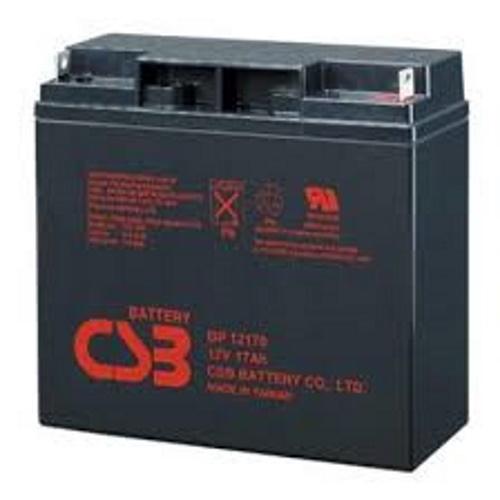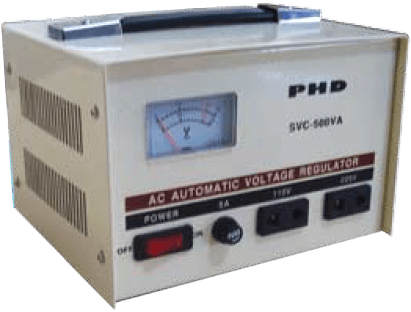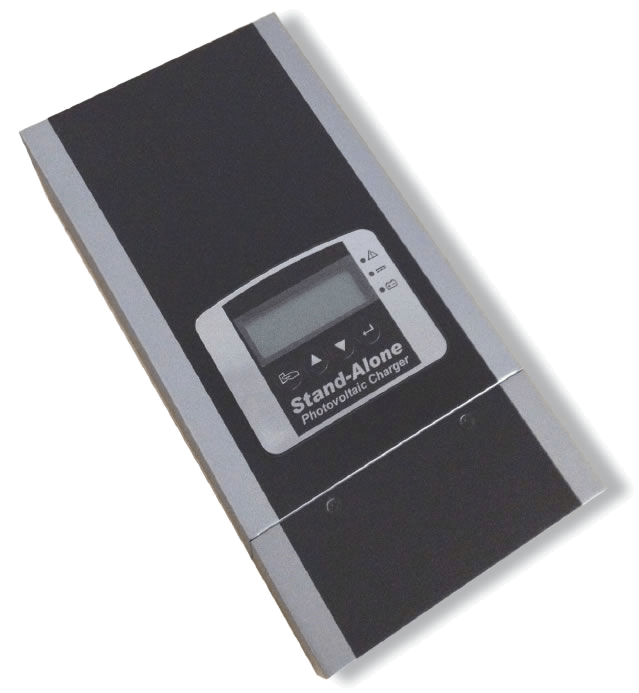Introduction
South Africa, with its abundant sunshine, is an ideal location for harnessing solar energy. As more homeowners and businesses turn to solar power, the need for reliable energy storage solutions becomes increasingly important. Solar batteries play a vital role in storing excess energy generated by solar panels for use during the night or cloudy days, enhancing energy independence and grid resilience. In this blog post, we’ll explore the top three batteries commonly used in South Africa for solar applications. Its important to understand the importance of popular batteries, before investing in solar. Batteries require careful storage and usage, as extreme temperatures can significantly impact their performance and lifespan.
**1. Lithium-Ion Batteries
Lithium-ion batteries have gained immense popularity in South Africa’s solar market due to their high energy density, efficiency, and long lifespan. They are a preferred choice for both residential and commercial solar installations. Some notable lithium-ion battery brands in South Africa include Tesla Powerwall, BYD, and LG Chem. Lithium-ion batteries are known for their superior energy density, longer lifespan, and lighter weight compared to nickel cadmium batteries, making them a more popular and efficient choice for a wide range of applications. The “memory effect,” also known as “battery memory,” is a phenomenon that primarily affects nickel-cadmium (NiCd) rechargeable batteries. So we do not have to worry about this when discussing Lithium-Ion batteries.
Advantages of Lithium-Ion Batteries:
- High Energy Density: Lithium-ion batteries offer a high energy-to-weight ratio, making them compact and space-efficient.
- Efficiency: They have excellent charge and discharge efficiency, ensuring minimal energy wastage.
- Long Lifespan: Lithium-ion batteries typically have a longer lifespan compared to other battery technologies.
- Fast Charging: They can charge and discharge quickly, which is essential for addressing sudden changes in energy demand.
- Scalability: Lithium-ion batteries can be easily scaled to meet the specific energy storage needs of a property.
2. Lead-Acid Batteries
Lead-acid batteries have been a reliable choice for energy storage in South Africa for many years. They are well-established and widely used in various applications, including solar power systems.
Advantages of Lead-Acid Batteries:
- Cost-Effective: Lead-acid batteries are generally more affordable than lithium-ion counterparts, making them an attractive option for budget-conscious consumers.
- Robust: They can withstand harsh environmental conditions and temperature fluctuations.
- Availability: Lead-acid batteries are readily available and can be sourced easily in South Africa.
- Recyclable: Lead-acid batteries are recyclable, which aligns with sustainability goals.
3. Gel Batteries
Gel batteries are a type of lead-acid battery that has gained popularity in South Africa’s solar market due to their maintenance-free design and deep-cycle capabilities.
Advantages of Gel Batteries:
- Maintenance-Free: Gel batteries are sealed and do not require regular maintenance like adding water, making them convenient for homeowners.
- Deep-Cycle Capabilities: They are designed for deep discharges, which is essential for solar energy systems.
- Reliable: Gel batteries are known for their reliability and consistent performance.
- Longevity: With proper care, gel batteries can have a relatively long lifespan.
Conclusion
Selecting the right battery for your solar energy system in South Africa is a crucial decision that depends on various factors, including your energy storage needs, budget, and long-term goals. Lithium-ion batteries offer high efficiency and long lifespan, making them a popular choice for those willing to invest in premium technology. On the other hand, lead-acid batteries, including gel batteries, provide cost-effective solutions with a proven track record.
It’s essential to consult with a reputable solar energy provider or technician to assess your specific requirements and help you choose the most suitable battery technology for your solar installation. Regardless of your choice, the use of solar batteries in South Africa empowers you to make the most of the country’s abundant sunshine, reduce electricity costs, and contribute to a more sustainable and resilient energy future.

